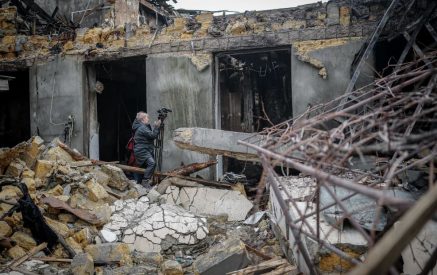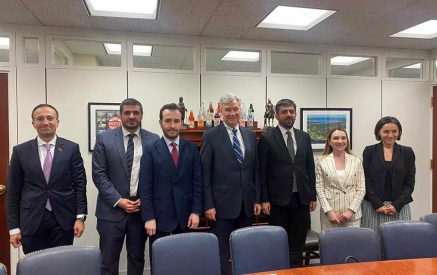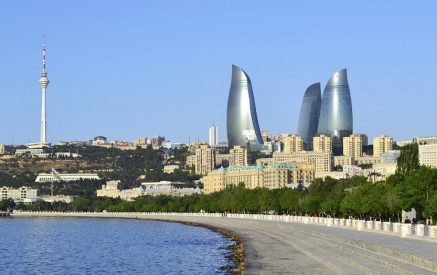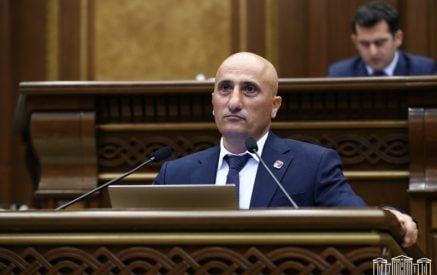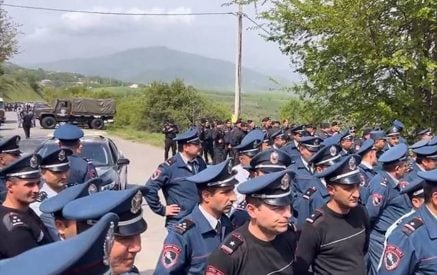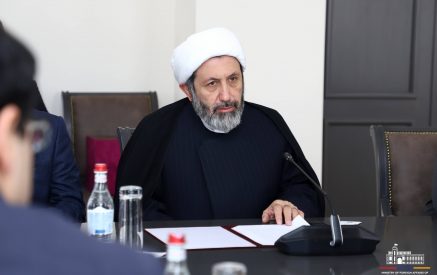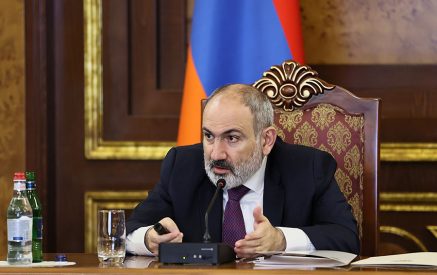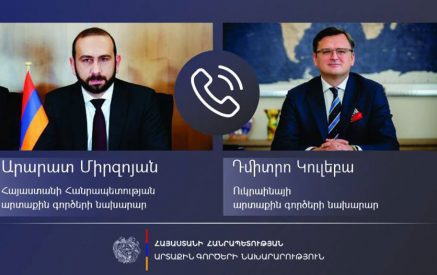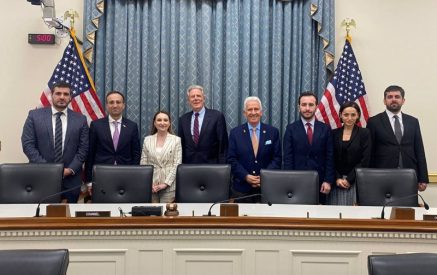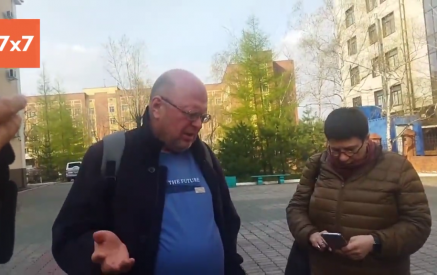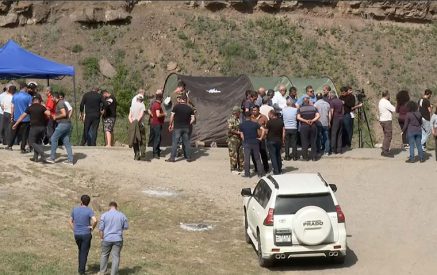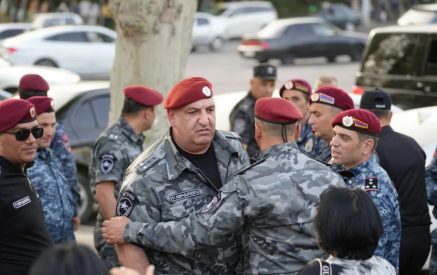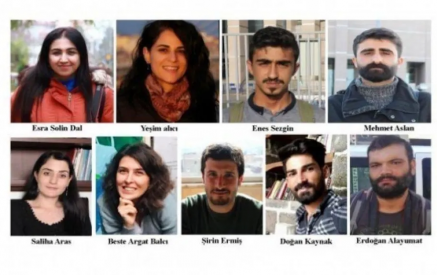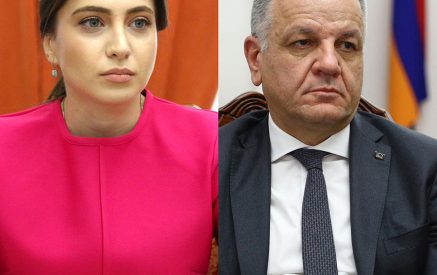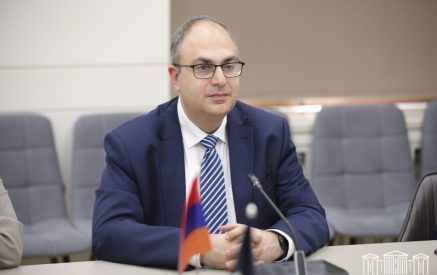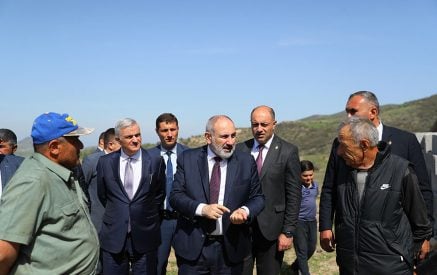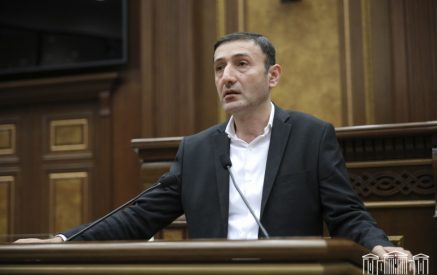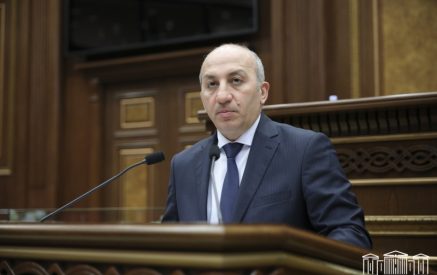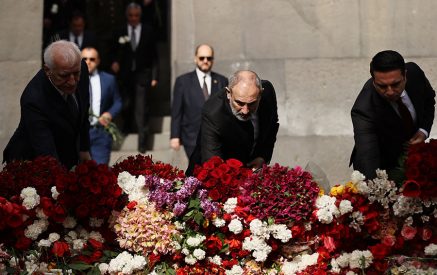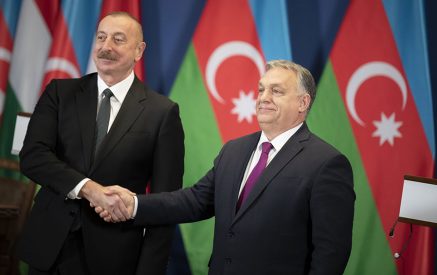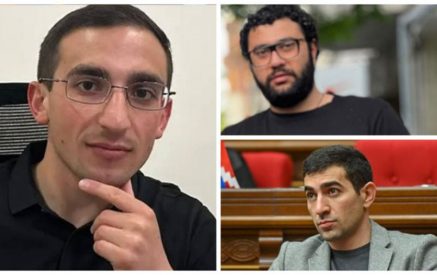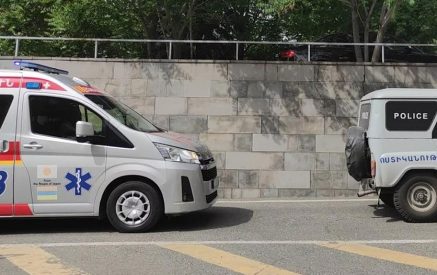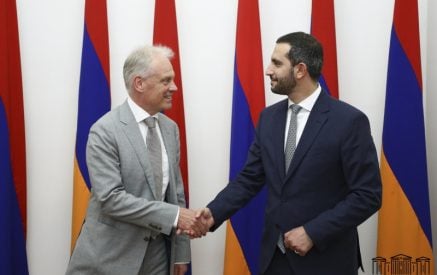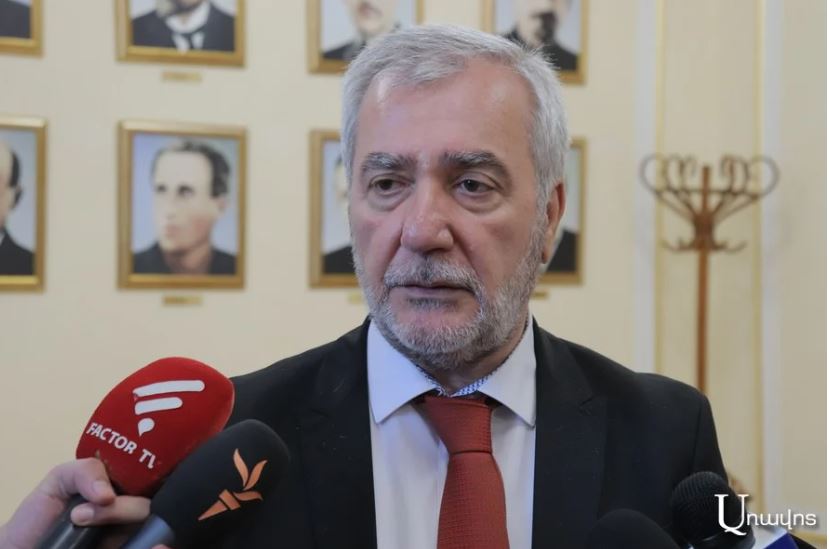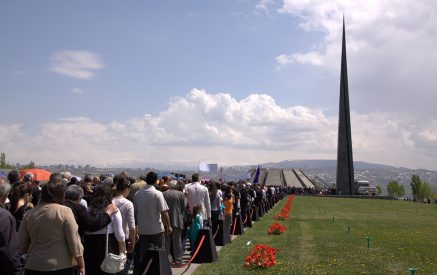By George Aghjayan
Andranik Kocharyan, member of the Armenian parliament with the ruling Civil Contact Party and chair of the Standing Committee on Defense and Security as well as the Inquiry Committee for Studying the Circumstances of the Hostilities Unleashed on September 27, 2020, created a controversy this week with his comments calling for the creation of a list of all victims of the Armenian Genocide.
His initial comment was vague, referencing a list containing the names of all those subjected to genocide, which could include survivors. He later clarified, specifying that the list would include just those who perished and the circumstances of their death. Kocharyan said his purpose in such an endeavor is to contribute to improved relations in the future, presumably with Turkey. This has led many critics to claim Kocharyan’s comments are a prelude to diminishing the genocide so as to appease Turkey.
Read also
Diaspora Affairs Commissioner Zareh Sinanyan supported Kocharyan’s approach, calling it “a much more scientific and objective realization of the genocide discussion.” Scholars of the Armenian Genocide will naturally take exception to the characterization of their work as being unscientific or unobjective.
There are two aspects that must be evaluated in regards to Kocharyan’s proposal. The first is the purpose of compiling a list of Armenian Genocide victims, and the second is the feasibility of initiating such a large undertaking 100 years later, when all witnesses have perished.
While it is hard to imagine how relations with Turkey would improve with the existence of such a list, there are undeniable benefits for Armenians personally and collectively. There is a similar effort by the Yad Vashem Holocaust memorial and museum to document all those killed during the Holocaust. As one survivor noted, “When I saw the book I was overwhelmed, because the book reports that they lived and they breathed and they dreamed and they were murdered.” It is a way of documenting the crime and partially repairing our lost family histories.
So far, 4.8 million names have been compiled, but there is little hope that the list of names will reach six million, the number of presumed victims. I feel confident that regardless of the final list total, the oft cited six million victims will not be revised. It is simply understood that a complete list is impossible. All of the issues with compiling a list of Holocaust victims are amplified in the case of victims of the Armenian Genocide.
All those who survived the genocide have now perished, many without ever having documented the trauma they experienced. The number of preserved testimonies represents a very small fraction of those who survived. Of course, some families perished entirely, leaving no surviving members to document their existence. And there also are the women and children who were forced into servitude and marriages and Islamized and their continued victimization, undocumented and presumed dead for the remainder of their lives.
So how would such a list be compiled?
The single most important source available for documenting the names of Armenians who were alive on the eve of the genocide is the final population registers of the Ottoman Empire. While it still would be incomplete, nonetheless, it would supply a source comparable to those used in the case of the Holocaust. Yet, over 100 years later, the Turkish government still denies access to this vital source.
In the United States, all censuses are freely accessible up to 1950. In Canada, the 1931 census was just released. Yet, in Turkey, the records from 1905 to 1915 are still under lock and key. In fact, even earlier population registers from 1880 to 1905 are missing. Why?
We know the records exist, at least from 1905 to 1915. One of my recent articles in the Armenian Review made use of the population registers for Jerusalem (“Revisiting Ottoman Armenian Population Data in Three Case Studies,” Spring-Summer 2021). Even citizens of Turkey cannot obtain information about their own families directly. They can view the government’s family history report but cannot access the source documents used to create that report. As such, most families have significant gaps. For Turkish citizens with Armenian ancestry, the gaps are more significant. Thus, the population registers themselves must be analyzed.
And therein lies the problem with Kocharyan’s proposal…which was either purposefully or negligently left out. Whatever the merits of compiling the list of victims of the Armenian Genocide, the effort to do so requires the cooperation of the Turkish government.
The number of victims contained in such a list will have no impact on those who deny the genocide, just as documenting only 80-percent of the presumed victims of the Holocaust has not aided or hindered deniers of that crime. The difference is that, for Armenians, the deniers are in control of vital information and, as such, make the effort impossible.
So, I guess that places the onus on Kocharyan and the Civil Contact party…as part of their courting of Turkey and desire to document all genocide victims, will they demand access to the population registers? If not, then what exactly are they proposing and to what end?

